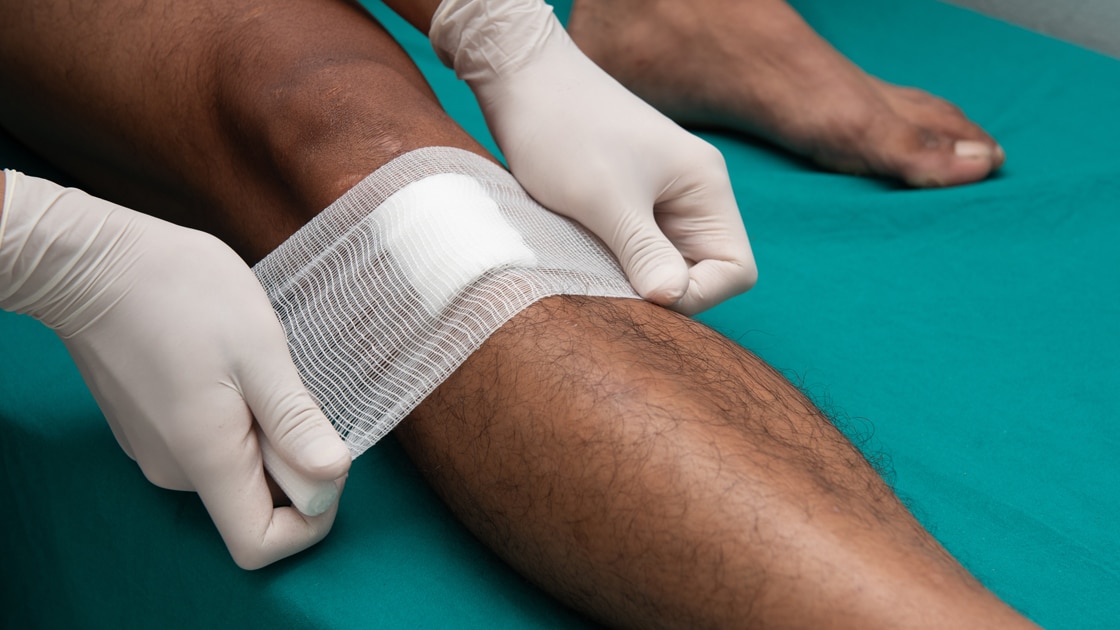Key points
- The best ways to prevent tetanus are vaccination and wound management.
- There are steps healthcare providers can take during wound care to minimize the risk of tetanus.
- Antibiotics (topical or systemic) aren't recommended during wound care to protect against tetanus.

Recommendations
Healthcare providers should take the following steps to prevent tetanus:
- Provide appropriate wound care
- Evaluate the patient's tetanus vaccination status
- Assess the need for prophylactic tetanus immune globulin (TIG)
Note: appropriate wound care consists of assessing the type of wound, observing for signs of infection, and properly treating infected wounds.
Antibiotic prophylaxis against tetanus isn't recommended
Wound assessment and care
Assessment
Wounds can be categorized based on their tetanus exposure risk.
Clean and minor wounds don't pose a major risk.
Dirty or major wounds pose an increased risk. For example, wounds containing devitalized tissue can allow C. tetani to proliferate.
The following are examples of dirty or major wounds:
- Penetrating or puncture wounds
- Wounds containing dirt, soil, feces, or saliva (e.g., animal or human bites)
- Wounds containing devitalized tissue:
- Burns
- Compound fractures
- Crush injuries
- Frostbite
- Necrotic or gangrenous wounds
- Burns
Care
Healthcare providers should:
- Clean all wounds
- Remove dirt or foreign material
- Remove or debride necrotic material
Tetanus vaccination status evaluation
Vaccination not recommended
Regardless of wound type, no tetanus vaccination is needed if the patient meets both criteria below:
- Received last tetanus vaccination less than 5 years ago
- Completed the primary vaccine series
Vaccination recommended
For all wounds
- People with an unknown vaccine history
- Unvaccinated people
- People with an incomplete tetanus primary series
For clean and minor wounds
People with a complete tetanus primary series who received their last tetanus vaccine 10 or more years ago.
For dirty or major wounds
People with a complete tetanus primary series who received their last tetanus vaccine 5 or more years ago.
TIG assessment
TIG contains antibodies against tetanus toxin and functions as an antitoxin. TIG can provide temporary protection against tetanus by directly binding and neutralizing circulating toxin. TIG cannot neutralize toxin that's already bound to nerve endings.
TIG prophylaxis indications
For clean and minor wounds
TIG is never indicated for clean and minor wounds.
For dirty or major wounds
- People with an unknown tetanus vaccine history
- People who have never received tetanus vaccines
- People with an incomplete tetanus vaccine primary series
- People with HIV
- People with a severe immunodeficiency
Care
If indicated, administer 250 international units of TIG intramuscularly.
